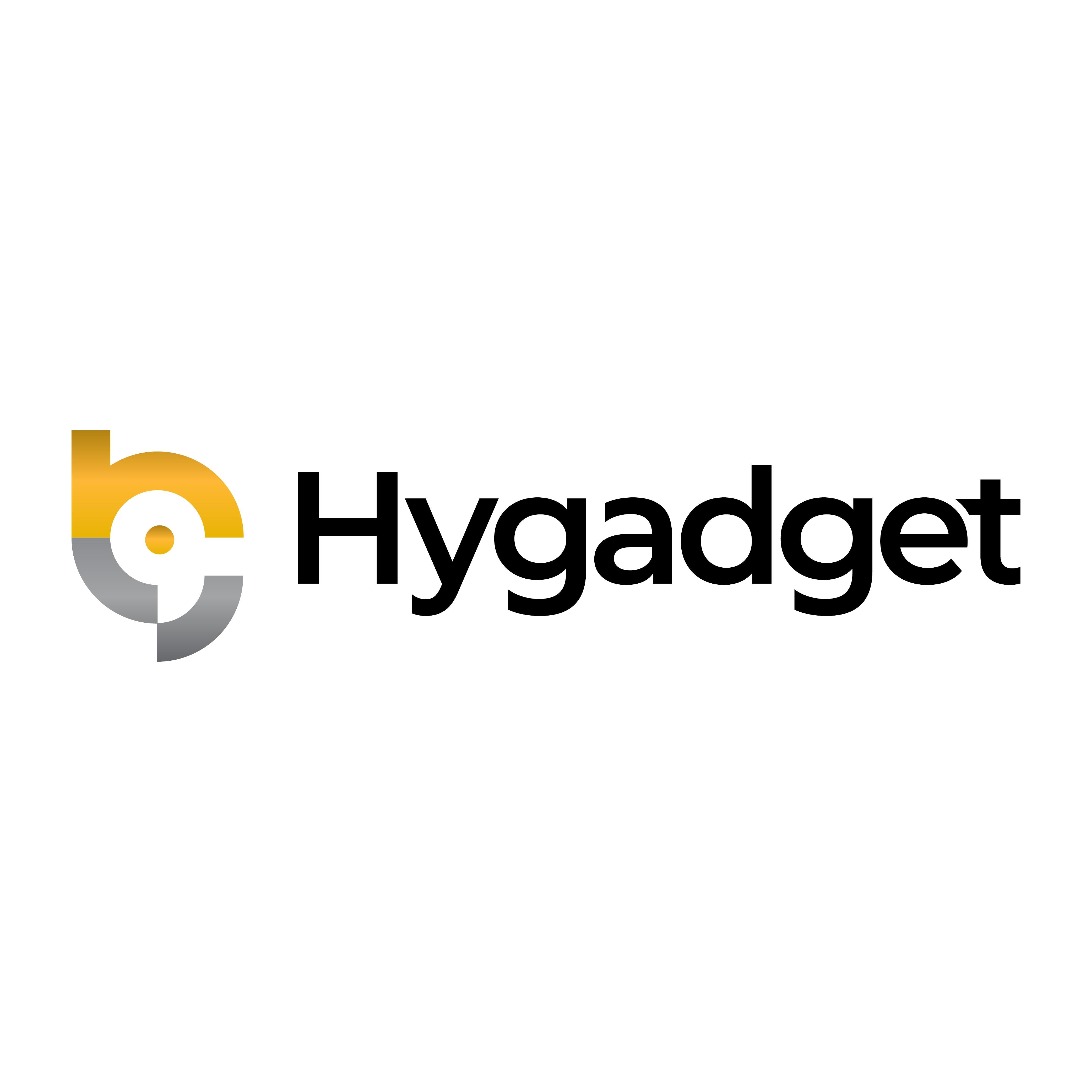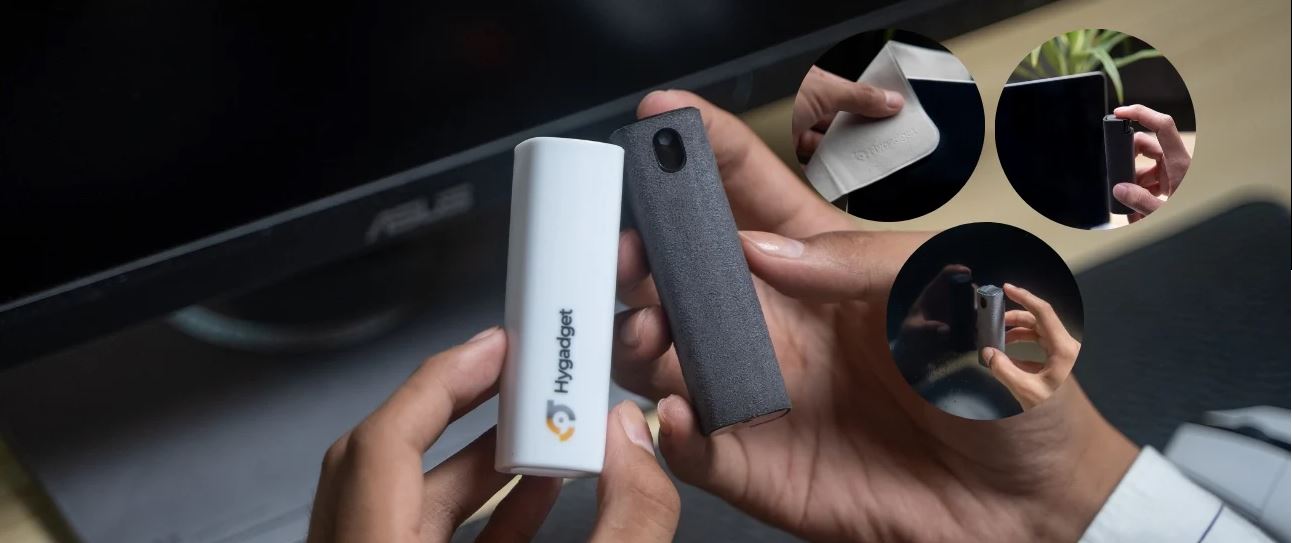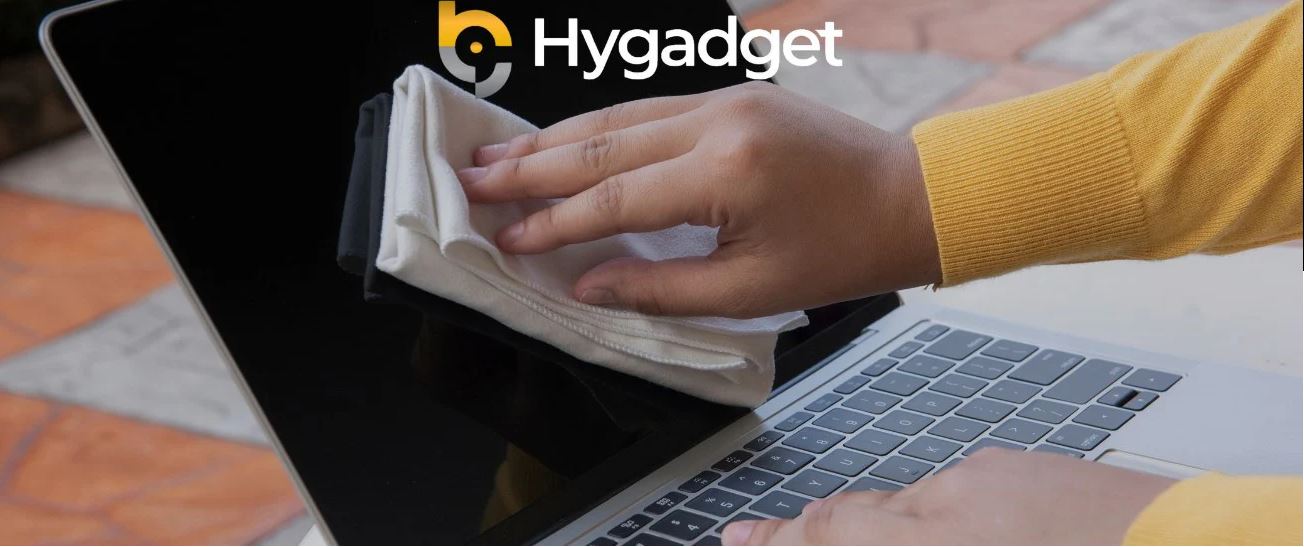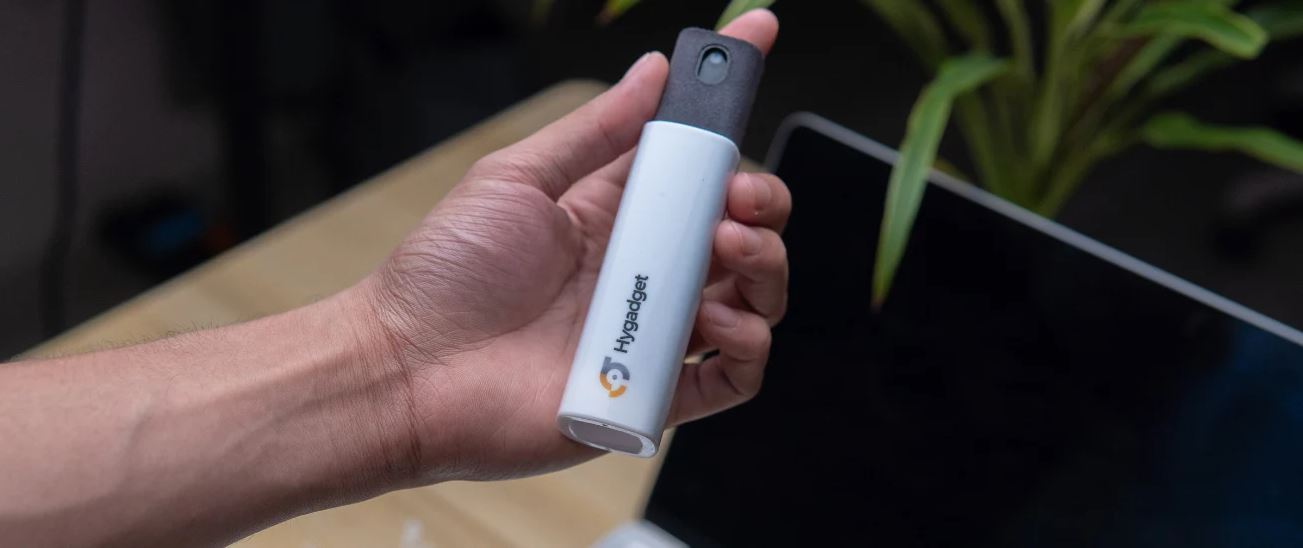It’s essential we keep our screens clean from smartphones in our pockets to the large displays in our offices and public spaces. However, It’s important to note that not all environments are the same, and each setting may require specific cleaning practices not just for clarity and visibility but also essential for hygiene and functionality so that our devices perform at their optimum peak.
This guide will go deep into the nuances of screen cleaning across various environments and what strategies we should have in place such as screen cleaning maintenance frequency and techniques to be adopted:
Understanding Screen Types and Their Cleaning Needs
Before diving into the different environments that may affect the strategies we use to clean our screens, it’s 1st important to note there are different types of displays. These include Liquid Crystal Display (LCD), Light Emitting Diode (LED), Organic Light Emitting Diode (OLED), and touch screens etc. Each has unique characteristics that affect how they should be cleaned. Therefore we must tailor our strategies to our display type and also choose the right screen cleaner for each device to ensure we don’t damage them.
When selecting a screen cleaner, it’s essential to choose one suited to your display type. E.g. LCD screens need a mild, streak-free cleaner, while OLED screens require a soft and lint-free cloth to prevent pixel damage. The versatile HyScreen Kit offers a safe and effective cleaning solution for all screen types, including a gentle formula and a soft non-abrasive lint-free cloth to ensure your devices stay pristine and protected.
Home Environment
Cleaning screens at home involves different challenges compared to more public or professional settings. Here’s how to effectively manage screen cleaning your device displays in the comfort of your own living space:
Routine Maintenance and Proper Tools: You want to clean your device displays at least once a week using a microfiber cloth with a DIY approach such as a diluted mix of distilled water and vinegar.
Environmental Factors: Consider the placement of your devices as well. Screens near windows or in dusty areas like your garage might require more frequent cleaning due to exposure to particulate matter from outdoor air or vehicle emissions.
Special Considerations: For gadgets like tablets that children frequently use, opt for child-safe non-toxic screen cleaners that are effective yet harmless if ingested.
Office Environments
Maintaining a clean screen in the office may prove challenging as some displays such as disconnective monitors might be used by different people throughout each day that may pick up food or catch saliva from sneezing. Therefore it's crucial to adopt an effective strategy to clean them to ensure both device functionality and workplace health.
Routine Maintenance and Proper Tools: Cleaning daily would be recommended for these environmental settings especially because devices are going to be used by multiple people.
For shared screens and equipment like the disconnective monitors or the ones in conference rooms, consider using disposable wipes for quick sanitation between uses to reduce the spread of germs. Additionally, it might help a lot to provide clear instructions and necessary supplies that are conveniently placed near these devices to encourage regular cleaning by all users in the space.
Environmental Factors: Office equipment can be susceptible to accumulating dust from air conditioning systems and particulates from high foot traffic. If you’re working on a laptop in the office or lounge try to position your screens away from direct airflow and busy areas to minimize dust build-up.
Public Spaces and High-Traffic Areas
Screens located in public spaces and high-traffic areas such as airports, shopping centers, and transportation hubs are exposed to an intense amount of usage by civilians and also environmental factors. This is where hygiene becomes the topic of issue needing effective cleaning strategies to come into play.
Routine Maintenance and Proper Tools: For screens in a public setting you’ll want to frequently perform cleaning duties daily. You’ll need antimicrobial cleaning solutions that can remove dirt but most importantly inhibit the growth of germs. The importance of these practices is highlighted in a Healthline article mentioning that touch screens in these areas, such as those found at airport check-in stations can harbor an alarming amount of bacteria with studies showing approximately 253,857 colony-forming units per square inch.
Environmental Factors: Screens in public often are faced with exposure to varying temperatures and humidity, which can affect their cleanliness and function. Positioning your screen technology like food ordering displays and placing them away from direct exposure to harsh environmental conditions can help in maintaining their longevity. E.g. away from the entrance door in case of heavy rain and wind.
Special Considerations: Try to implement touch-free technologies where possible to reduce the need for physical contact with screens such as utilizing apps on phones or online websites to complete transactions or enabling voice-activated systems for voice recognition to do the same. For devices that must be touched, such as interactive maps and ticket kiosks, opt-in for easy-to-clean protective covers that can help maintain cleanliness and functionality.
Healthcare Facilities
In healthcare settings, where cleanliness is directly linked to patient safety maintaining healthcare displays such as medical monitors is a critical requirement. Screens in hospitals, clinics, and dental offices are not only used for information display but also are used for sensitive operations. Therefore they need to be kept clear from obstruction and also well-sanitized
Routine Maintenance and Proper Tools: For such a delicate setting with the elderly and sick patients you’ll want to clean the screens multiple times a day. Use medical-grade disinfectants that are effective against a wide range of pathogens yet safe for the screen’s surfaces. Consider using disposable or sterilizable soft, lint-free cloths to prevent cross-contamination, along with botanical antimicrobial cleaner (BAC), which is an effective germ killer.
Environmental Factors: Screens in healthcare facilities may be exposed to biohazards, including bodily fluids and airborne pathogens. Position or isolate display screens in a way that minimizes their direct exposure to such risks, such as situated away from specimen collection areas.
Special Considerations: For touchscreens used in patient care such as medical devices or check-in kiosks a great additional protective measure would be to use disposable screen covers that can be changed between patients.
Educational Settings
Educational institutions and schools are environments where screens need to be dusted and sanitized as they’re used by a diverse group of users, including young children. This will ensure the health and safety of students and staff so that they can continue to learn in the digital age.
Routine Maintenance and Proper Tools: Develop a daily cleaning schedule for screens in classrooms, libraries, and computer labs using safe, non-toxic cleaning solutions for germ build-up. To handle dusty screens use a soft, anti-static solution to supplement your non-toxic cleaning formula as this will help reduce dust adhesion to electronic displays.
Environmental Factors: Factilies like computer labs should be located away from dust activities like crafting or construction projects.
Special Considerations: For younger children, use gentle screen cleaners that are free of harmful chemicals and fragrances known to cause allergic reactions.






